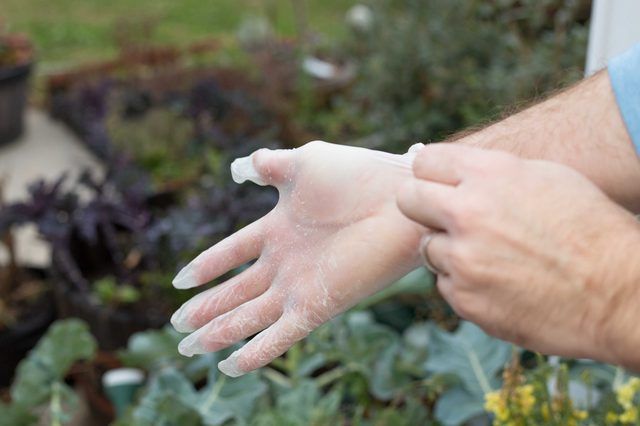Bulbs
Flower Basics
Flower Beds & Specialty Gardens
Flower Garden
Garden Furniture
Garden Gnomes
Garden Seeds
Garden Sheds
Garden Statues
Garden Tools & Supplies
Gardening Basics
Green & Organic
Groundcovers & Vines
Growing Annuals
Growing Basil
Growing Beans
Growing Berries
Growing Blueberries
Growing Cactus
Growing Corn
Growing Cotton
Growing Edibles
Growing Flowers
Growing Garlic
Growing Grapes
Growing Grass
Growing Herbs
Growing Jasmine
Growing Mint
Growing Mushrooms
Orchids
Growing Peanuts
Growing Perennials
Growing Plants
Growing Rosemary
Growing Roses
Growing Strawberries
Growing Sunflowers
Growing Thyme
Growing Tomatoes
Growing Tulips
Growing Vegetables
Herb Basics
Herb Garden
Indoor Growing
Landscaping Basics
Landscaping Patios
Landscaping Plants
Landscaping Shrubs
Landscaping Trees
Landscaping Walks & Pathways
Lawn Basics
Lawn Maintenance
Lawn Mowers
Lawn Ornaments
Lawn Planting
Lawn Tools
Outdoor Growing
Overall Landscape Planning
Pests, Weeds & Problems
Plant Basics
Rock Garden
Rose Garden
Shrubs
Soil
Specialty Gardens
Trees
Vegetable Garden
Yard Maintenance
How to Stop Insects From Eating Green Bean Plants
How to Stop Insects From Eating Green Bean Plants. Green beans (Phaseolus vulgaris) are one of the most popular vegetables for the home garden. They’re easy to grow and provide an abundant harvest in as little as 45 days after planting. A few pests favor bean plants, notably aphids, mites, leafhoppers, thrips, borers and beetles. Depending...
Green beans (Phaseolus vulgaris) are one of the most popular vegetables for the home garden. They’re easy to grow and provide an abundant harvest in as little as 45 days after planting. A few pests favor bean plants, notably aphids, mites, leafhoppers, thrips, borers and beetles. Depending on the pest, integrate insect-reducing cultural practices with other interventions to ensure a healthy, unspoiled bean harvest from your garden.
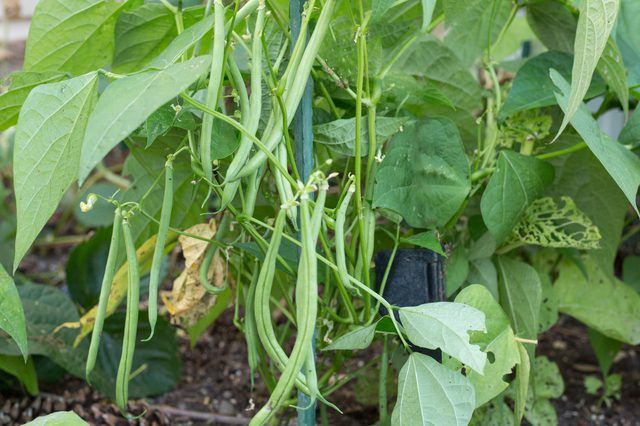
Natural predators, such as ladybugs, lacewings and parasitic wasps, help eliminate bean pests. Avoid using harsh chemical insecticides to encourage these beneficial insects into your garden. A hard spray of water from the garden hose knocks sap-sucking pests, such as aphids and mites, off of bean plants. Young seedlings are more susceptible to particular pests. If you anticipate a problem with Mexican bean beetles, potato leafhoppers or thrips, drape lightweight, gauzy, floating row covers over newly planted beans. Anchor the fabric with pins or rocks, allowing enough slack for the seedlings to grow. Remove the covers before the hottest part of the growing season to prevent excessive heat build-up. Aluminum foil mulch on the bed will also help protect against thrips.
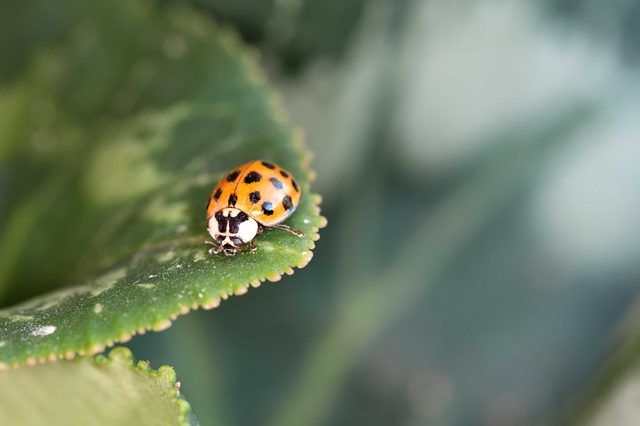
When cultural practices can’t discourage bean pests, insecticidal soap will help. Particularly effective against soft-bodied insects like aphids, mites, leafhoppers and thrips, insecticidal soaps break down quickly in the environment and are usually safe for most beneficial insects. Prepared soap solutions are available from garden retailers. Shake the bottle well and spray all surfaces of infested plants generously until the solution drips from the plant. Repeat the application every five to seven days until insects are controlled or eliminated. Protect eyes, skin and clothing during application and wash hands thoroughly after treatment. Make your own insecticidal soap by mixing 4 teaspoons of liquid dish soap in 1 quart of water and pour it into a clean spray bottle.
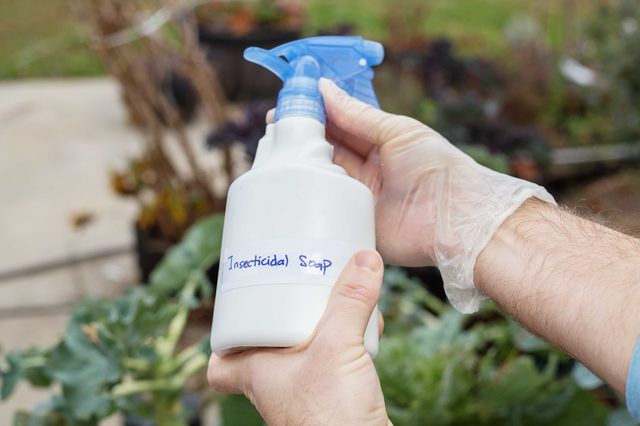
Caterpillar bean pests, such as the corn earworm and bean looper, feed on bean foliage, leaving holes or jagged leaf margins. Apply a naturally occurring soil bacterium, Bacillus thuringiensis or Bt, to caterpillar-infested bean plants. Available in concentrated format from garden suppliers, Bt targets the digestive system of these pests. Mix 1 tablespoon of well-shaken concentrated formula into 1 gallon of water, then pour into a garden sprayer. Spray all plant surfaces. Apply the mixture weekly if necessary. Protect eyes and clothing and avoid inhaling the mist during application.
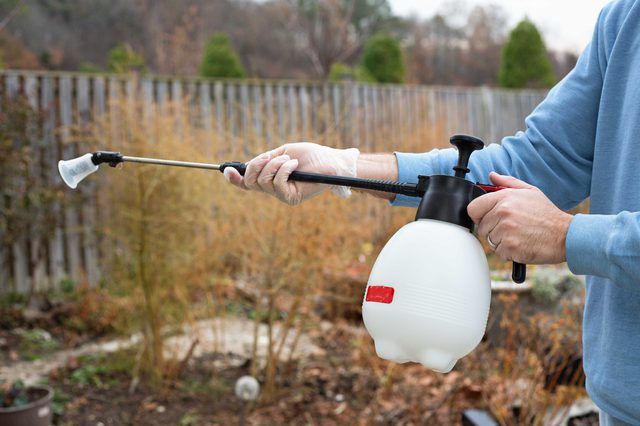
Derived from the chrysanthemum flower, pyrethrins are contact insecticides that affect the nervous system of insects. Wearing rubber gloves, apply a thin, even film of pyrethrin powder over all surfaces of bean plants infested with beetles, mites, aphids and other bean pests. Use on calm days and thoroughly wash hands after application. Wash beans that were treated with pyrethrin prior to eating them. Pyrethrin is harmful to beneficial insects, especially bees. Restrict application to evening or pre-dawn hours when bees are inactive.
